Hidden biodiversity key to healthy future forests

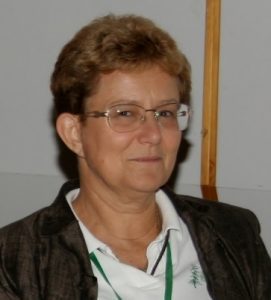 INTERVIEW with keynote speaker Dr. Hojka Kraigher,
INTERVIEW with keynote speaker Dr. Hojka Kraigher,
Slovenian Forestry Institute, SLOVENIA
Keynote Plenary Session 2
Friday, 22 September, 10:30 – 12:00
Rolf Böhme Saal (Konzerthaus Freiburg)
“Hidden biodiversity and forest dynamics”
Read more…
Earth: a single, complex and rapidly changing system

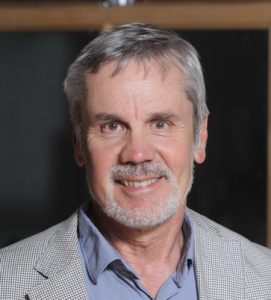 INTERVIEW with keynote speaker Dr. Will Steffen,
INTERVIEW with keynote speaker Dr. Will Steffen,
The Australian National University and the Stockholm Resilience Centre, AUSTRALIA
Keynote Plenary Session 1
Thursday, 21 September, 10:30 – 12:00
Rolf Böhme Saal (Konzerthaus Freiburg)
The Earth System, the Anthropocene and the World’s Forests
IUFRO-SPDC training program on “Science-Society Interactions in Support of Forest Landscape Restoration Implementation
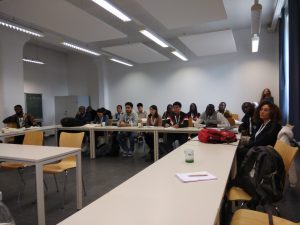
Photo: Promode Kant
A IUFRO-SPDC training program on “Science-Society Interactions in Support of Forest Landscape Restoration Implementation” was held at the University of Freiburg as a pre-Congress event from Sept 16 to 18, 2017. Global initiatives like the Bonn Challenge and the New York Declaration on Forests have set a huge target of 350 million hectare of forest and landscape restoration by 2030 before the global community and there has been some progress in the financing of this task, too. But still a lot of effort is needed to prepare the governments and societies at different levels across the world for them to be able to move towards the target efficiently with lower social and economic costs and with minimum distress to the poorer communities. This workshop discussed ways and means of transforming scientific knowledge into useful information for policy and management decisions on the ground. More specifically, the workshop aimed at the following specific objectives: Read more…
Communicating Forest Science – Pre-Congress workshop develops skills and fosters friendships across disciplines and geography
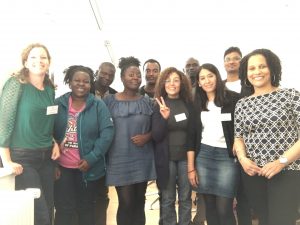
SPDC Communicating Forest Science participants gather during a short break between sessions.
When is the last time you saw a tweet about your research? How much time have you spent crafting key messages about your science?
Communicating takes time and effort and that is what eight delegates from seven countries just learned. They gathered to improve their ability to communicate forest science, representing fields ranging from forest products and entomology to climate change adaptation and local community forest management. The delegates worked hard over two days with one goal in mind: communicating their research with a purpose. Read more…
Forest restoration means more than planting trees

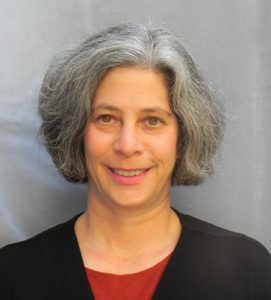 INTERVIEW with keynote speaker Dr. Robin Chazdon,
INTERVIEW with keynote speaker Dr. Robin Chazdon,
University of Connecticut, USA
Keynote Plenary Session 2
Friday, 22 September, 10:30 – 12:00
Rolf Böhme Saal (Konzerthaus Freiburg)
“Restoration Forestry: Challenges and Opportunities for Foresters, Forests, and Landscapes”
Using the forest sector to help mitigate climate change

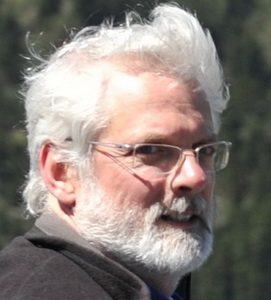 INTERVIEW with keynote speaker Dr. Werner Kurz,
INTERVIEW with keynote speaker Dr. Werner Kurz,
Canadian Forest Service (Natural Resources Canada), Canada
Keynote Plenary Session 1
Thursday, 21 September, 10:30 – 12:00,
Rolf Böhme Saal (Konzerthaus Freiburg)
“The potential contribution of the forest sector to climate change mitigation”
IUFRO Spotlight #57 – Transition in forest uses demands change in approaches

Wood chips being transported to a pulp mill. These chips represent the waste stream from a saw mill, but are becoming increasingly valuable as more and more uses for wood are developed. Photo by John Innes.
“The portfolio of goods and services from forests is now very different to that two decades ago; yet there is a disconnect between the institutional framework and these new forms of forest use, leading to efficiency, equity and legitimacy deficits,” said Dr. John Innes, Dean of the Faculty of Forestry at the University of British Columbia, Canada.
The changes – from forest planting and forest harvesting and operations, to forest use and forest products – occur at different levels. Today, forests produce a complex array of products from forest ecosystem services to timber and bio-products.
Market values are increasingly being attached to forest ecosystem services and this is changing the value systems associated with forestry. Read more…
IUFRO 125th Anniversary Congress Spotlight #56 – Environment vs. economy: Mapping the forest environmental frontier
To some, the forests mean combatting illegal logging and associated trade, avoiding deforestation and degradation, conserving biodiversity and protecting wilderness.
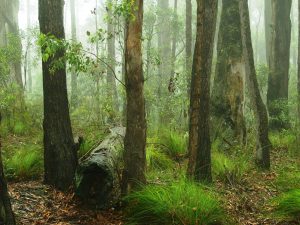
Photo by Geoff Roberts, Australia
To others, the forests mean timber as a renewable raw material for uses such as construction and bioenergy, forest-based climate change adaptation and mitigation and transitioning toward a forest-based bioeconomy.
“These issues can be termed the global forest environmental frontier,” said Dr. Georg Winkel, Head of the European Forest Institute’s Resilience Research Programme in Bonn, Germany.
“All the issues are interrelated and relate to a global controversy that asks how we can keep and manage the world’s forests to satisfy both ecological and socio-economic needs now and in the future,” he said.
Dr. Winkel is coordinator of a session entitled The Global Forest Environmental Frontier – What has changed, what has remained unchanged, how will the future look? at the IUFRO 125th Anniversary Congress in Freiburg, Germany in September. Read more…
IUFRO 125th Anniversary Congress Spotlight #55: Genetics research crucial to future forest health, adaptation, conservation and sustainable management
“The role genetics/genomics research can play in forest management is huge but, unfortunately, remains under-utilized,” said Dr. Om Rajora, Professor of Forest Genetics and Genomics at the University of New Brunswick, Canada.
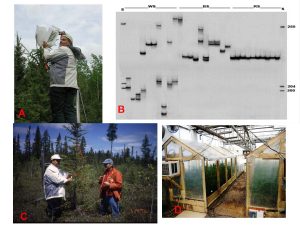
A. Controlled pollination in black spruce to produce F3 progeny at Petawawa Research Forest; B. DNA fingerprints of 10 individuals each of white spruce (WS), black spruce (BS) and red spruce (RS) at a genic microsatellite showing genetic diversity; C. Sampling of old-growth and post-harvest second-growth black spruce to examine the genetic effects of forest harvesting and renewal practices in Manitoba (Rajora and Pluhar 2003, Theor. Appl. Genet. 106: 1203-1212); D. Testing of three-generation outbred pedigree of black spruce under ambient and elevated CO2 conditions for QTL mapping of traits related to acclimation and adaptation to climate change. All pictures were taken by Dr. Om Rajora or his associates.
“Genetics/genomics research can greatly assist the management of natural and planted forests by conserving healthy, productive, well-adapted and genetically diverse natural forest and developing high yielding tree varieties with desired traits for deployment in plantations,” he said.
Dr. Rajora is the organizer and coordinator of a session entitled Genetics and Genomics for Conservation, Climate Adaptation and Sustainable Management of Forests to be presented at the IUFRO 125th Anniversary Congress in Freiburg, Germany in September. Read more…
IUFRO Spotlight #54 – Variety could be the spice of life – for forests
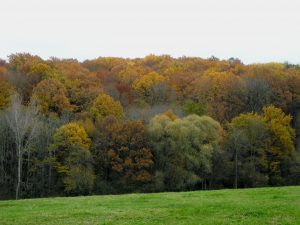
Autumn leaves in a mixed-species forest of France. Photo by Damien Bonal, one of the co-authors of the review.
An increasing number of studies demonstrate that mixed forests can deliver many ecosystem services at a higher level than pure forests.
Today, however, less than 0.1% of plantation forests worldwide are made of mixed tree species. And, by the end of this century there is the potential for about 20% of the world’s forest area to be represented by planted forests.
“More efforts should be made to develop new mixed, planted forests,” said Dr. Hervé Jactel of the French National Institute for Agricultural Research. He is one of the authors of a new review, Tree Diversity Drives Forest Stand Resistance to Natural Disturbances, which reviews the relationships between tree diversity and stand resistance to natural disturbances, and explores the ecological mechanisms behind the observed relationships. Read more…
